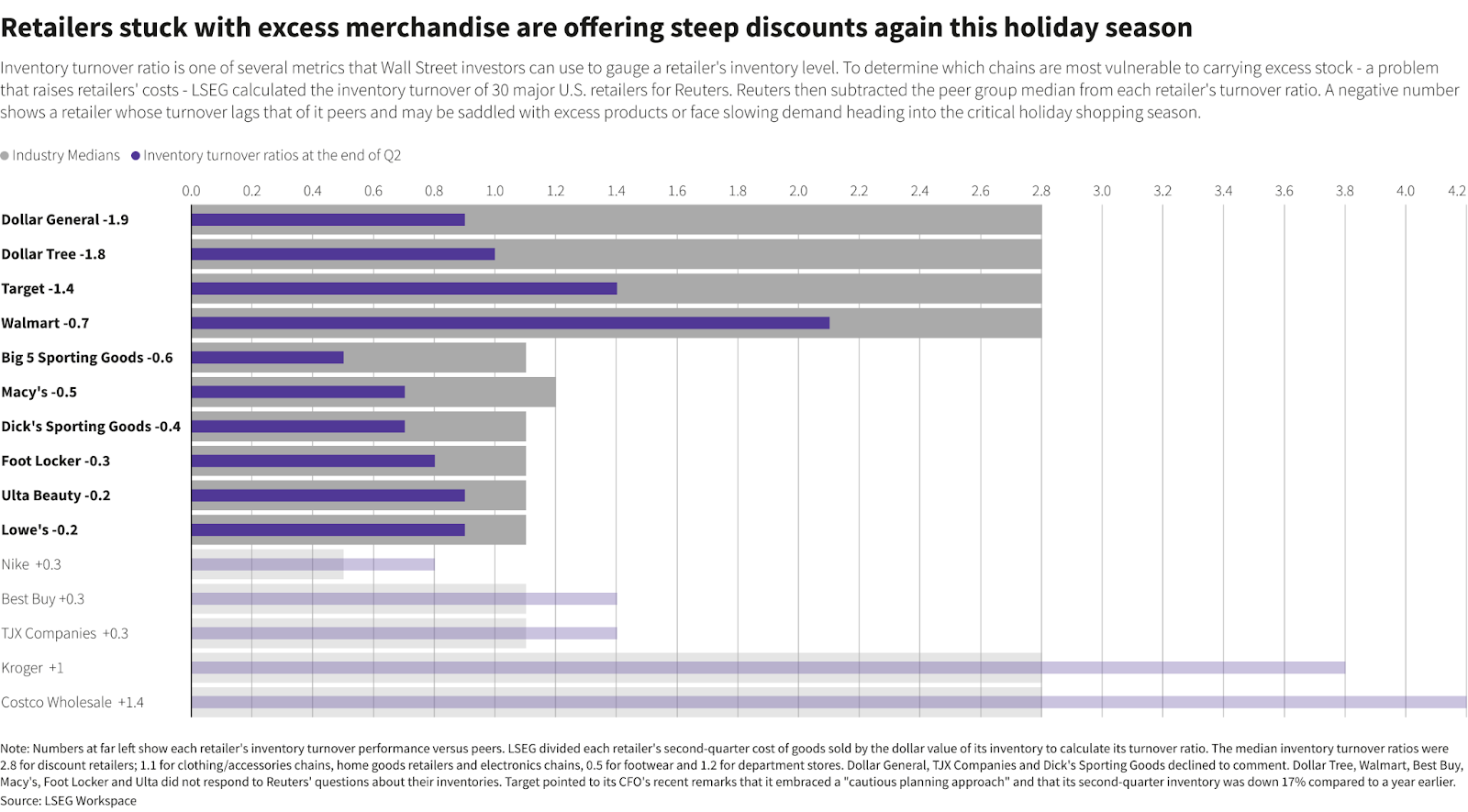
Transform Your Supply Chain Planning and Marketing Strategies with Google Cloud and SAP Integration

Transform Your Supply Chain Planning and Marketing Strategies with Google Cloud and SAP Integration
December 11, 2023 | Manju Devadas
Blog / How Retailers Can Avoid the Costly Trap of Excess Inventory During Christmas
Here we go again: The Christmas rush. But behind the festive cheer, retailers are wrestling with a familiar foe — excess inventory. Picture this: shelves brimming with goods, but your real-time visibility across stores? Quite limited. You’re flying half blind, relying on older data, hoping it still holds true. But wait, consumer behavior could change 180 degrees at a product level overnight, thanks to a viral TikTok and other social media trends that you did not see coming.
And there’s the challenge: You’re stuck with piles of ‘hot-sellers’ from yesteryear while scrambling for this season’s unexpected hits. All because the last year’s less-than-accurate forecast has become this season’s misstep. It’s a juggling act between too much and not enough, and frankly, it’s a guessing game that’s costing you more than just dollars.

According to a recent Reuters analysis, major U.S. retailers like Dollar General, Walmart, and Macy’s are bracing for potentially excessive stock for the second consecutive year. With 37% of retailers having too much cash tied up in inventory and 45% struggling with manual demand forecasting, the need for a more robust solution is clear. As many as 41% of retailers find it challenging to buy the right amount of stock, and 45% need to cut down on inventory carrying costs.
The Christmas season amplifies the complexity of predicting consumer preferences. Regional differences become more pronounced – what’s trending in New York might not align with preferences in Texas. Supply chain challenges, from sourcing to logistics, add another layer of complexity.
Retailers have access to vast data – from in-store sales to online traffic and social media. Yet, data silos, real-time analysis lags, volume versus value of data, and inter-departmental gaps often hinder effective decision-making. This is where Generative AI and decision intelligence platforms like Planning in a Box become invaluable.
Built on Google Cloud, Planning in a Box offers real-time insights and recommendations. It centralizes data from various sources like SAP ERP, Oracle EBS, Salesforce, and Adtech, enriched with external demand signals from Google and other sources. This integration allows retailers to adapt swiftly to market demands and ensure optimal inventory levels.

Imagine Emily, a customer from Denver, Colorado. She’s searching for the perfect Christmas gift, a special edition ‘Starlight Snow Globe,’ which she spots on ACME Retail’s website. Captivated by its design, Emily adds it to her cart but hesitates to complete the purchase, deciding to think it over.
From ACME Retail’s perspective, Emily’s action raises several challenges:
“We would need an army of data scientists to make faster decisions on pricing and inventory levels. With Google Cloud Platform machine learning and artificial intelligence, we don’t need that. We can make much faster pricing decisions to optimize profitability and move inventory.” – Deepak Mehrotra, Co-founder & Chief Adventurer, CDD
Read the full case study.
Confront your retail’s biggest challenge – excess inventory – head-on. Planning in a Box revolutionizes your approach in just four weeks, pivoting from outdated methods to a data-driven, AI-powered strategy. Planning in a Box has already transformed the operations of leading brands like Tacori, Levi’s, AB InBev, and Ulta Beauty, turning complex data into a strategic advantage.
Embrace the potential to reduce inventory costs by 20% within a year. By integrating ERP and CRM systems with advanced AI analytics, Planning in a Box empowers you to anticipate and meet customer demands proactively. It’s about shifting from reactive to proactive, ensuring every decision is underpinned by robust, real-time data insights. Make the leap with Planning in a Box – your pathway to turning inventory challenges into opportunities for growth and savings.
ABOUT THE AUTHOR